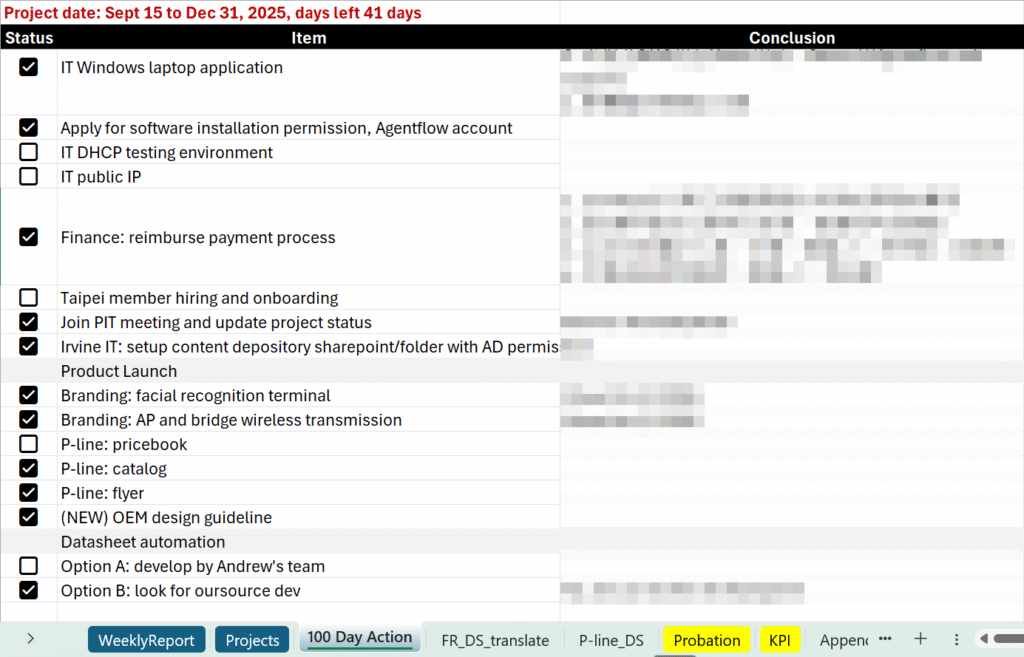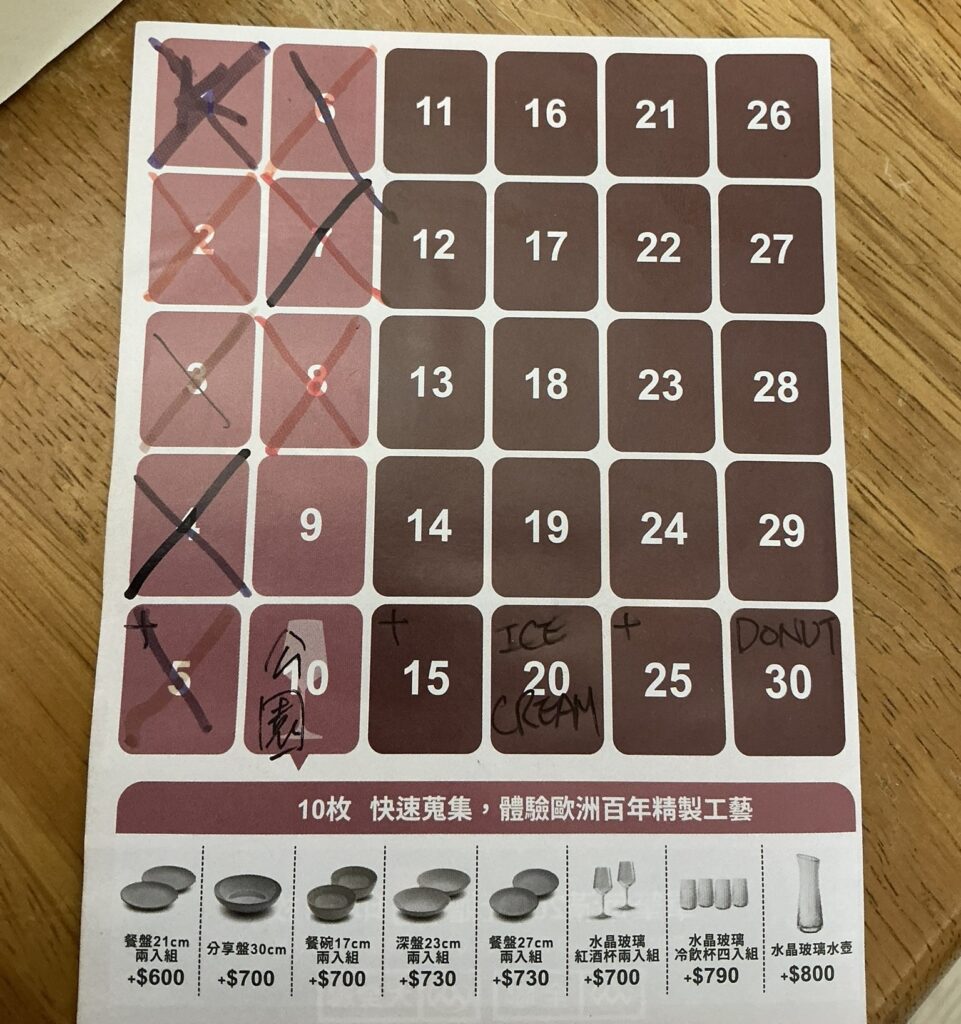- Year 2022: promoted as the team lead for product marketing when 3 of 5 members left.
- Year 2025: got a new job as team lead for product marketing unit employee no.1.
Both jobs shared one thing similar: a direction to head to, but lack of clear milestones. At least not given to me.
What I learned is to make call on my own KPI, on what I think the organization needs and how I will implement this. If no one tells me to stop, then I continue to work on my roadmap. Remember frequent status update is a must.
The lessons I learned:
- Have a plan to work on and being less panic. Doing nothing or passively doing little gets you killed.
- Autonomy and freedom to make a plan and execute the plan.
- Do it differently. Instead of learning to use Indesign to create multi-lingual datasheets, which underperforms even with someone dedicated, try to automate with script and template. Try 10x to result, not 1.2x.



